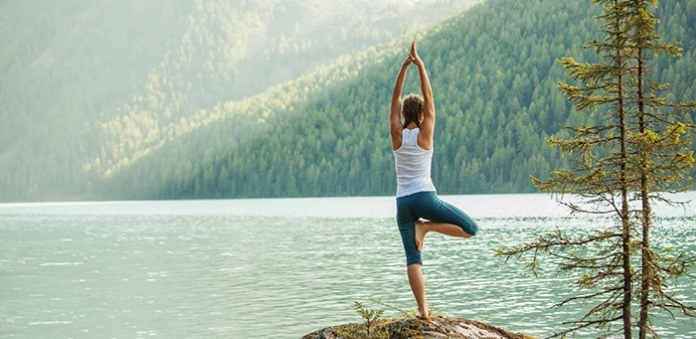
Is my yoga class helping me relax?
Yoga and the 80's
These days it’s common to hear people talk about doing yoga to de-stress and relax. I’ve even had my doctor recommend doing yoga to balance out my anxiety. But if we’re totally honest, do we really even know why doing yoga would be beneficial against stress or anxiety? Is it just to look cool in my new yoga pants? Or to buy a new non-toxic yoga mat in crazy colors?
I mean, before yoga was so popular, we did have “stretching”. People would stretch before their workouts. We did stretching in gym class before starting a sport with everyone holding on to some randomly placed gym equipment while holding on to your ankle on one foot. I stretched before ballet class and even before going for a run.
And it was a big part of the glitzy exercise videos of the 80’s too, headbands and all.
“In asana practice we learn to cherish each breath, to cherish every cell in our bodies. The time we spend on the mat is love in action”
- Rolf Gates
I had a whole VHS collection of those videos. It was pretty funny and completely color-crazy, not to mention the hair. But that was never advertised to balance your mood or relieve stress. It was so you didn’t tear a hamstring when jumping in front of a ball in the net. So, is yoga actually different?

Yoga
Yoga is an ancient practice that has its origins in India. Most of us in the west know it as a form of stretching into certain poses. Some of us know it as an Instagram competition to see who can get into the most absurd contortions to get a lot of likes. I’ve even seen models use yoga poses for cool shots and to show off their bodies.
Originally, the term “yoga” is a broad umbrella term which refers to an entire way of life. What may be surprising to most of us in the west is that many people who practice yoga devoutly might only do the physical poses of yoga rarely. The physical poses of yoga are a much bigger part of “westernized” yoga.
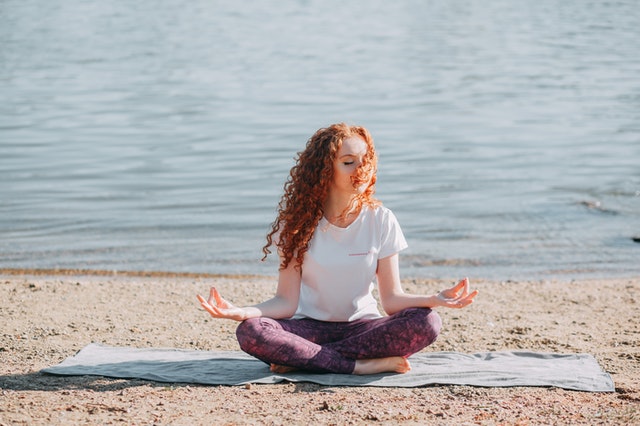
Instead, their focus is mostly on devotional practices, chanting, meditation and many other activities. The physical poses of yoga actually only developed in order to make the body more pure and more able to undergo the other activities that were part of the practice of yoga.
Originally, there was only one pose! It was the lotus pose, designed to hold your body in the ideal position to meditate. Everything else was gradually added in after the fact.

So isn’t all stretching the same?
Understanding this origin of yoga helps us understand how the stretching in yoga is different from Jane Fonda’s stretching in her incredible unitard. Both practices focus on lengthening and strengthening the muscles. But in yoga, the focus will be on doing this mindfully, with intent focus on the breath.
“So?!” you may ask.
“Does it actually make a difference how I stretch as long as I’m pulling on my muscles?”
Well... it just so happens that it does.
The entire reason why yoga can be used to relieve stress and balance your mood lies in that little key. Let me tell you why.
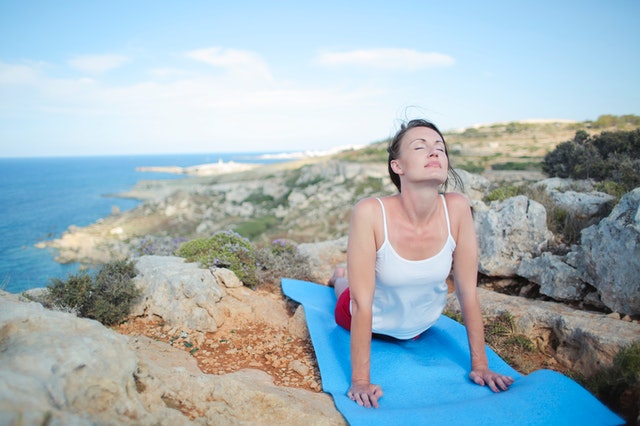
The difference of the breath
When you lunge to the side to bat something out of the air before it breaks your window, your muscles move quickly and suddenly. You might reach further than you would normally do, and your muscles would stretch further than they are used to stretching. Your body immediately tightens around the area that is being used, in order to prevent you from injuring or tearing that muscle. This is an instinctual reflex your body has built in in order to protect you. It happens subconsciously. Your body does it without asking.
Yet when we are deliberately stretching, we actually want to lengthen those muscles a little further than normal. We want to open up the area, invite circulation and release tension we’ve been holding there. The only problem is that if we just jump right into that stretch, your brain will in part block your effort out of a reaction to protect you. With effort, you can still get pretty far into a stretch. But, you will have an underlying tension, a guarding force, working against you.
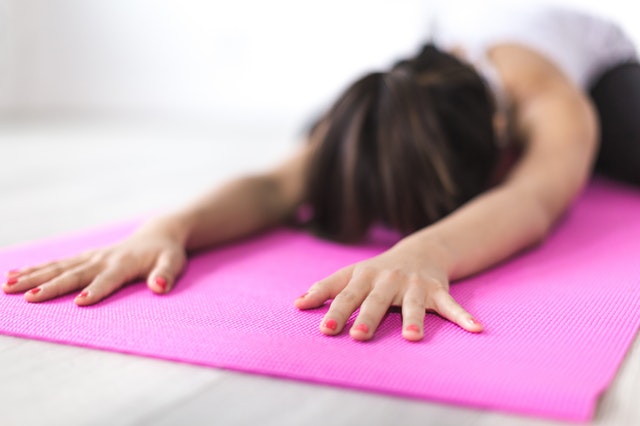
This is what is happening when we jump into and out of certain stretches like I remember doing before playing soccer. “Flex your hamstring… 2, 3 SWITCH!” It’s hard to get the benefit out of the stretch, if you’re not holding it very long and your focus isn’t even on the stretch.
The difference of yoga
That’s where yoga differs. Because yoga has always noted the body’s instinct to guard stretched muscles, it uses the breath as a sort of “side-entrance” to sneak around this protection mechanism. You see, the breath is unique because when we’re not thinking about it. When you are sleeping, breathing happens on its own. But when you want to consciously intervene, you can.
You can hold your breath, breathe quickly until you pass out… lots of things. That’s why in yogic philosophy, the breath has always been used as a gateway between the autonomic (involuntary) and the somatic (voluntary) nervous system. So while pairing your movement with a very conscious and deliberate breath, you actually start to defuse your body’s reflexive protection mechanism.
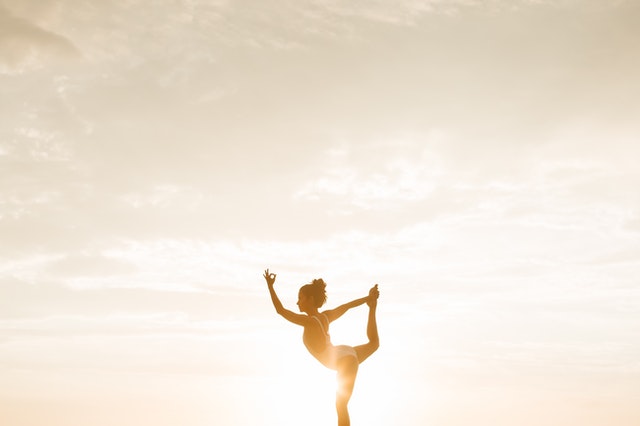
You’re actually able to fully let go and create a kind of relaxation in the muscle you would not otherwise be able to reach. On top of that, it makes us focus on taking deeper, fuller breaths. That helps to increase oxygen levels in our bodies and invigorates our vital systems working to keep us happy and healthy. Cool, right?
The difference of mindfulness
The other amazing benefit of doing mindful breathing while stretching is that it brings your attention to the here and now. If you actually commit to a yoga pose, your mind will be focused on feeling where you are. Feeling your muscles lengthen and contract, feeling how your weight shifts, feeling resistance and opening, feeling blood flow increase… actually feeling your body.
For most of us that’s major because we spend most of our day floating around like a brain without a body. Thinking and stressing about anything our mind can consume. We don’t notice that we breathe. We eat while watching TV or working on the computer. Often, we even check our emails while we are on the toilet.
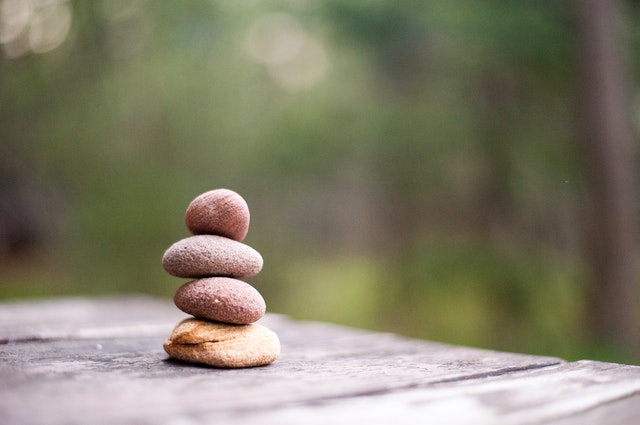
We totally and utterly deny our body any attention. And our body’s reaction to this over time is to grab our attention with the only mechanism it has left - pain. Headaches, neck pain… you name it. And that’s how yoga helps return a bit of balance to our stressed lives. It reminds us that we even have a body. Yoga funnels some energy down from our brain and shares it with our energy starved physical body. It brings circulation and oxygenation to places that have been tight and depleted for a while. And our vital systems get some much-needed time to regenerate.
So, while all stretching can be beneficial, you can see how authentic yoga takes this to the next level with all these benefits.

The “yoga trend” trap
If your goal is to use yoga to relax and unwind while conditioning and strengthening your body, then it’s important to find a class that will have the right focus. There’s no doubt that the yoga industry has gained a lot of traction in the west the last 10 years. It’s really exciting to see so many more people open to and participating in something that is healthy for them.
Unfortunately, whenever people start mass-producing for a market that size, you’re bound to end up with some trend-driven material that is pretty far from the original intention. So how do you know that you’re not falling into the “trend” trap with your yoga class? Check out these pointers to make sure your class has the right focus.
In the end, authentic yoga will have many interpretations, but a worthwhile yoga class will always have:
1. The breath
True yoga doesn’t exist without the breath. I know most of us find it redundant and annoying when a teacher continues to bring up breathing, but keep in mind why they are doing that. Our instinct is to ignore our breath all day. So we actually do need to be reminded every 5 minutes to bring our focus back. Just remember that it’s a huge part of the benefit. For those of us who forget to move with the breath 2 minutes into class, pick a teacher who is breath-focused so you learn to maintain the focus.
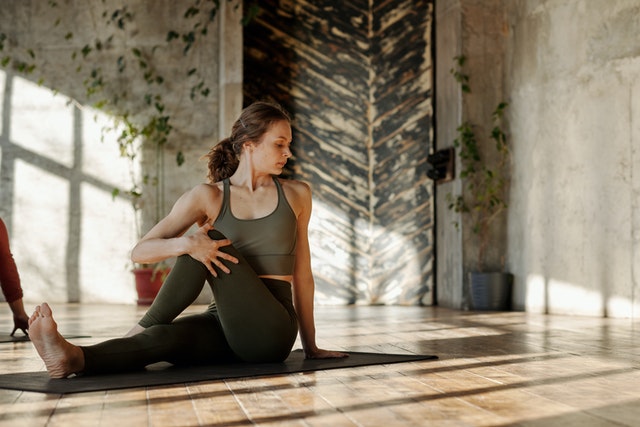
2. Mindful movement
Like we discussed above, deep stretching only works if you hold the poses long enough to diffuse your body’s innate protection system. This means that you should be holding (at least some poses) for at least 3 full breaths. You might have some transition poses in between that you move through more quickly. But if everything is based around rushing through and jumping from one to the next, you might not be getting your “mindful” benefit.
3. Enjoyment of yoga
All physical and psychological benefits aside, you’ll never maintain your practice if you don’t enjoy it too. It’s all good and well to have the teacher with the most credentials, but if the practice just doesn't speak to you and feels like a chore, then it’s not the right fit
Similarly, look for these red flags that your yoga class might not be designed to give you true deep physical and psychological benefits.
1. A lot of focus on materialism
I’ve noticed that some studio shops are bigger than their practice floors. If you’re being sold a million products - the best sports bra, meditation music and home decorations when you’re trying to do your yoga practice, then that class might not have your best interest in mind.
Some of the best yoga teachers I have ever met practice on an old towel and wear an oversized t-shirt. While it’s hard in the west to separate the yoga practice from the consumer industry, try not to worry about how you look when you do yoga, as your entire focus should be inward. If your class isn’t promoting that, it might not be a good fit.
2. Too many distractions
I know yoga teachers are always eager to keep things fresh in the studio, but some of them go a bit too far. If the studio’s new essential oils, binaural sounds, dangling mandalas and angel cards are causing you to deviate focus from your body and your breath then they will ultimately not be useful to your practice. Try to find a nice medium between exciting interaction with the wide world of yoga and a practice that doesn’t honestly require much. Most authentic Indian studios just have a floor. Bring a mat or a towel or nothing, but the space isn’t there to be intriguing.
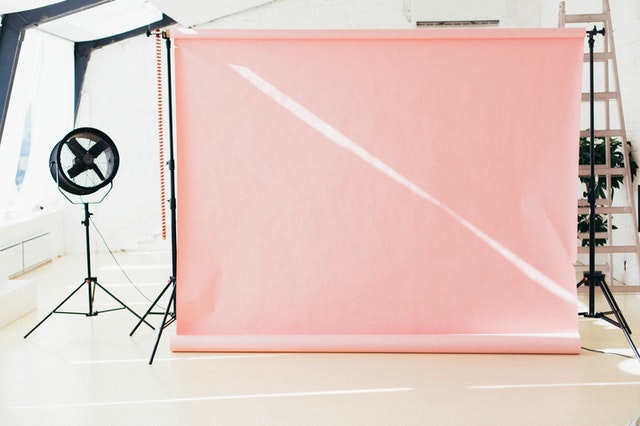
3. Competition or comparing yoga students
Again, the focus of yoga should be you. I’ve been so deep in my practice that I totally forgot other people were in the room. If your class is spending a lot of time showing off teachers and students reaching advanced poses (and it’s not a workshop or intensive class) then it might have the wrong focus.
If you’re being offered photography sessions to see yourself in all your poses, ask yourself if that is helping deepen your practice or feed your ego. Don’t be so worried about what others are doing in the class. Have a look at your teacher to make sure you’re within “safe” parameters of doing your pose, and then turn inwards to explore what you’re feeling. Only you can know if the pose is right by your body’s ability.

The Takeaway
I’ve had many different yoga teachers and practiced all over the world. The main thing I’ve learned about yoga is that there are a million different interpretations of it around the globe. Everyone seems to take a slightly different approach and a slightly different focus.
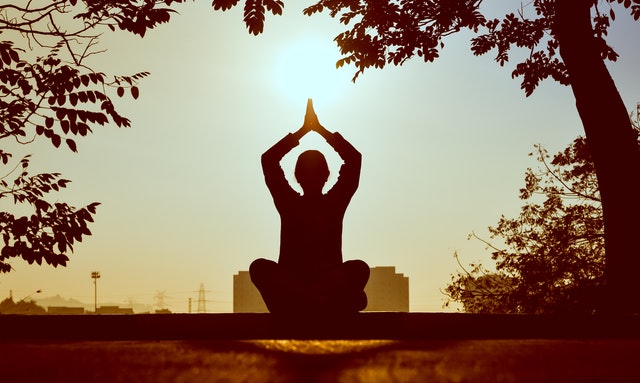
Each teacher, each guru leads a practice that is unique to their own personality. In order to make sure you’re getting the benefits you want to get out of your practice, make sure you try enough to find a good fit for your goals.
If you’re looking to relax and unwind, make sure you find a class focused on breath and mindful movement, and take the rest from there. It’s all about exploring your body and your mind. You have to feel comfortable.
Namaste and enjoy!

